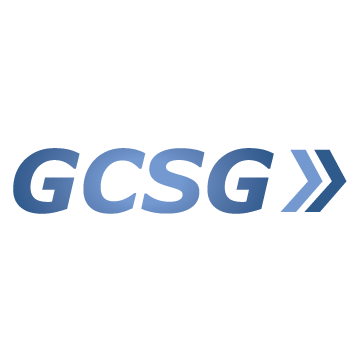On March 14, 2016 the Environmental Protection Agency (EPA) published a proposed rulemaking (81 FR 13638) that includes major changes to its Risk Management Program (RMP) regulations (40 CFR Part 68). The RMP regulations apply to facilities that hold regulated substances in excess of threshold quantities. The proposed rulemaking says the amendments are intended to "seek to improve chemical process safety, assist local emergency authorities in planning for and responding to accidents, and improve public awareness of chemical hazards at regulated sources."
The proposed rulemaking includes major changes in the following areas:
Accident Prevention Program
- All facilities with Program 2 or 3 processes (definition below) would be required to conduct a root cause analysis as part of an incident investigation of a catastrophic release or an incident that could have reasonably resulted in a catastrophic release (i.e., a near-miss).
- Facilities with Program 2 or 3 processes would be required to contract with an independent third-party to perform a compliance audit after the facility has a reportable release. Compliance audits are required under the existing rule, but are allowed to be self-audits (i.e., performed by the owner or operator of the regulated facility).
- Facilities with Program 3 regulated processes in North American Industrial Classification System (NAICS) codes 322 (paper manufacturing), 324 (petroleum and coal products manufacturing), and 325 (chemical manufacturing) would be required to conduct a safer technology and alternatives analysis (STAA) as part of their PHA, and to evaluate the feasibility of any inherently safer technology (IST) identified. The current PHA requirements include consideration of active, passive, and procedural measures to control hazards. The proposed modernization effort continues to support the analysis of those measures and adds consideration of IST alternatives.
Emergency Response
- Facilities with Program 2 or 3 processes would be required to coordinate with the local emergency response agencies at least once a year to ensure that resources and capabilities are in place to respond to an accidental release of a regulated substance.
- Facilities with Program 2 or 3 processes would be required to conduct notification exercises annually to ensure that their emergency contact information is accurate and complete.
- Facilities subject to the emergency response program requirements of subpart E of the rule (or “responding facilities”) conduct a full field exercise at least once every five years and one tabletop exercise annually in the other years. Responding facilities that have an RMP reportable accident would also have to conduct a full field exercise within a year of the accident.
Enhanced Availability of Information
- All facilities would be required to provide certain basic information to the public through easily accessible means such as a facility Web site. If no Web site exists, the owner or operator may provide the information at public libraries or government offices, or use other means appropriate for particular locations and facilities.
- A subset of facilities would be required, upon request, to provide the Local Emergency Planning Committee (LEPC), Tribal Emergency Planning Committee (TEPC) [2] or other local emergency response agencies with summaries related to: Their activities on compliance audits (facilities with Program 2 and Program 3 processes); emergency response exercises (facilities with Program 2 and Program 3 processes); accident history and investigation reports (all facilities that have had RMP reportable accidents); and any ISTs implemented at the facility (a subset of Program 3 processes).
- All facilities to hold a public meeting for the local community within a specified timeframe after an RMP reportable accident.
- Proposes revisions to clarify or simplify the RMP submission.
Program 1 eligibility requirements. A covered process is eligible for Program 1 requirements as provided in §68.12(b) if it meets all of the following requirements: (1) For the five years prior to the submission of an RMP, the process has not had an accidental release of a regulated substance where exposure to the substance, its reaction products, overpressure generated by an explosion involving the substance, or radiant heat generated by a fire involving the substance led to any of the following offsite: (i) Death; (ii) Injury; or (iii) Response or restoration activities for an exposure of an environmental receptor; (2) The distance to a toxic or flammable endpoint for a worst-case release assessment conducted under subpart B and §68.25 is less than the distance to any public receptor, as defined in §68.30; and (3) Emergency response procedures have been coordinated between the stationary source and local emergency planning and response organizations.
Program 2 eligibility requirements. A covered process is subject to Program 2 requirements if it does not meet the eligibility requirements of either a Program 1 or Program 3 facility.
Program 3 eligibility requirements. A covered process is subject to Program 3 if the process does not meet the requirements of a Program 1 facility, and if either of the following conditions is met: (1) The process is in NAICS code 32211, 32411, 32511, 325181, 325188, 325192, 325199, 325211, 325311, or 32532; or (2) The process is subject to the OSHA process safety management standard, 29 CFR 1910.119.
A public hearing on the proposed rule will be held on March 29, 2016. Comments on the proposed rule are due on May 13, 2016.




